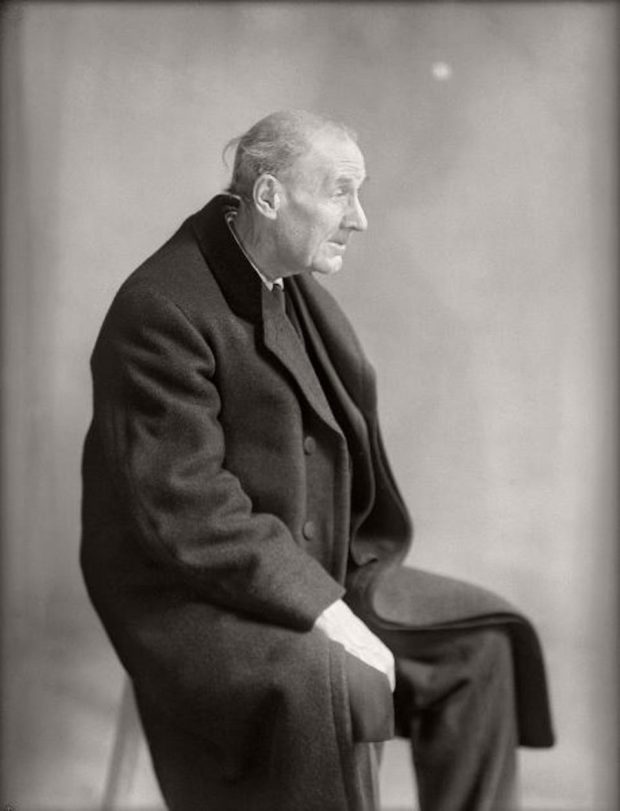A while back I picked a copy of “Edward Weston Omnibus. A Critical Anthology. Edited by Beaumont Newhall and Amy Conger, Gibbs M. Smith, Peregrine Smith Books, Salt Lake City, 1984.”
An Amazon Reviewer describes it as follows:
Edward Weston is one of the 20th century photographers who influenced many artists and left a unique and everlasting work of art to people who appreciate and understand his work. His aesthetic approach for photography makes him different in terms of the value, meaning, and dedication he has for his work of art. One can appreciate his ability to manipulate and distort the images of objects to make them appear in uncommon ways. He has an extraordinary skill for approaching and viewing subjects through his camera to capture details, light, shade, texture and movement in ensemble.
The book, Edward Weston Omnibus, holds a collection of critical articles written by his closest friends, journalists, and artists such as Diego Rivera, Ansel Adams. The articles were mainly written by his contemporaries who, in response to exhibitions of his works, admired, commented, questioned and in some cases challenged his style of photography that evolved from years of work in the West, Mexico and California in particular. The book also consists Weston’s responses to his critics and pictures of some of his works. His countless photographs of subjects such as still life, landscape and portraits were admired and praised for the flawless visibility of their elements. The book may help readers to familiarize themselves with Weston’s style of photography, in particular his selection of his subjects and his vantage points that are crucially responsible for creating fine prints.
There are around 50 articles, all of them quite short. In addition there are 44 plates of Weston photographs.

